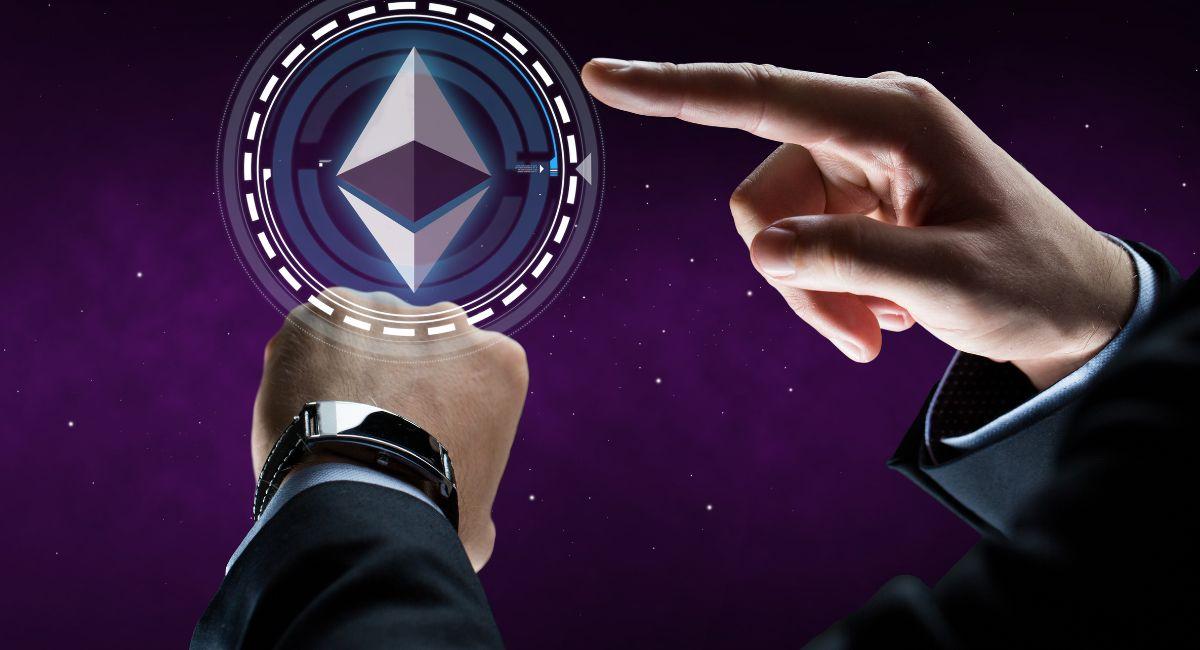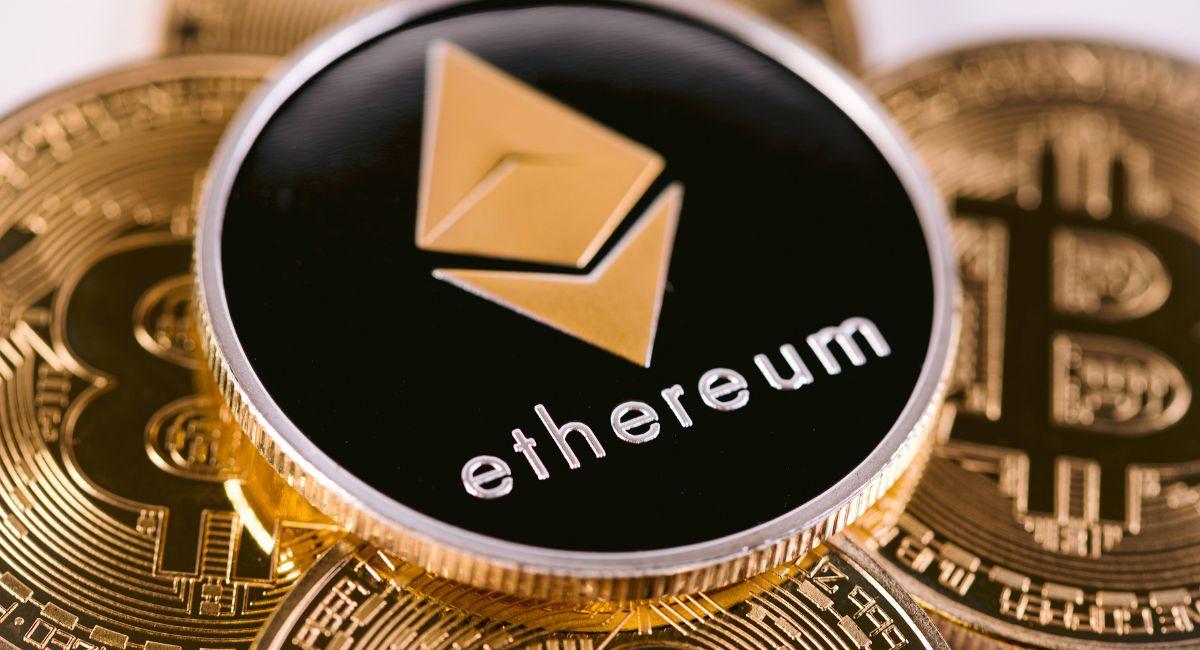Top 9 Complex Interplay Between EIPs And ERCs And The Urgent Need For Them
In the expansive realm of blockchain technology, Ethereum has emerged as a powerhouse, providing a platform for decentralized applications (DApps) and smart contracts. Two crucial components driving Ethereum’s evolution are Ethereum Improvement Proposals (EIPs) and Ethereum Request for Comments (ERCs). In this comprehensive exploration, we will delve into the significance of EIPs and ERCs, unraveling their roles in shaping Ethereum’s ecosystem and understanding the intricate connection between them.
Introducing Apricot Phase Two: This upgrade implements Ethereum Improvement Proposals (EIPs) from the Berlin Hardfork and enables Avalanche Native Token (ANTs) to be imported from the X-chain and used in DeFi apps on Avalanche. https://t.co/TO0zAHzUKL
— Avalanche 🔺 (@avax) May 5, 2021

Conclusion:
EIPs and ERCs stand as pillars of Ethereum’s dynamic and ever-evolving ecosystem. The structured approach to improvement through EIPs, coupled with the standardization provided by ERCs, has propelled Ethereum to the forefront of blockchain innovation. Understanding the symbiotic relationship between EIPs and ERCs is essential for anyone navigating the Ethereum landscape, whether as a developer, stakeholder, or enthusiast.
Stay informed with daily updates from Blockchain Magazine on Google News. Click here to follow us and mark as favorite: [Blockchain Magazine on Google News].
Get Blockchain Insights In Inbox
Stay ahead of the curve with expert analysis and market updates.
latest from tech
Disclaimer: Any post shared by a third-party agency are sponsored and Blockchain Magazine has no views on any such posts. The views and opinions expressed in this post are those of the clients and do not necessarily reflect the official policy or position of Blockchain Magazine. The information provided in this post is for informational purposes only and should not be considered as financial, investment, or professional advice. Blockchain Magazine does not endorse or promote any specific products, services, or companies mentioned in this posts. Readers are encouraged to conduct their own research and consult with a qualified professional before making any financial decisions.

 Bitcoin
Bitcoin  Ethereum
Ethereum  Tether
Tether  XRP
XRP  Solana
Solana  Dogecoin
Dogecoin  USDC
USDC  Lido Staked Ether
Lido Staked Ether  Cardano
Cardano  TRON
TRON  Avalanche
Avalanche  Toncoin
Toncoin  Wrapped stETH
Wrapped stETH  Chainlink
Chainlink  Shiba Inu
Shiba Inu  Wrapped Bitcoin
Wrapped Bitcoin  Sui
Sui  Hedera
Hedera  Polkadot
Polkadot  Stellar
Stellar  WETH
WETH  Hyperliquid
Hyperliquid  Bitcoin Cash
Bitcoin Cash  LEO Token
LEO Token  Uniswap
Uniswap  Pepe
Pepe  Litecoin
Litecoin  Wrapped eETH
Wrapped eETH  NEAR Protocol
NEAR Protocol  Ethena USDe
Ethena USDe  USDS
USDS  Aptos
Aptos  Aave
Aave  Internet Computer
Internet Computer  Mantle
Mantle  POL (ex-MATIC)
POL (ex-MATIC)  Cronos
Cronos  Ethereum Classic
Ethereum Classic  Virtuals Protocol
Virtuals Protocol  Render
Render  MANTRA
MANTRA  WhiteBIT Coin
WhiteBIT Coin  Monero
Monero  Artificial Superintelligence Alliance
Artificial Superintelligence Alliance  Bittensor
Bittensor  Dai
Dai  Arbitrum
Arbitrum 








